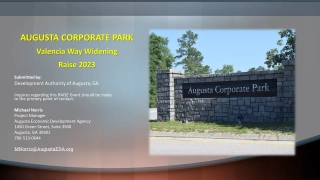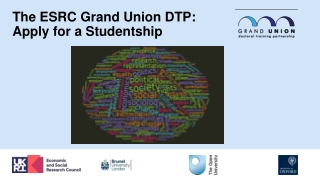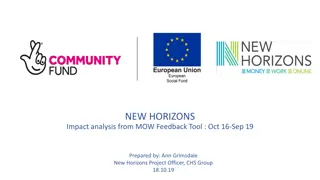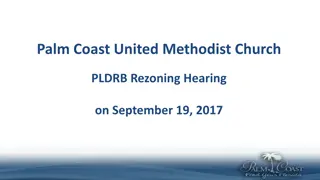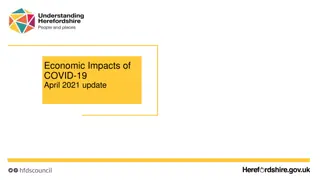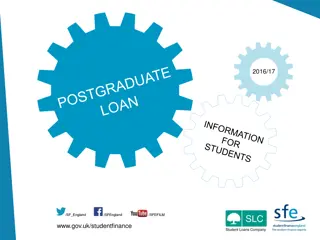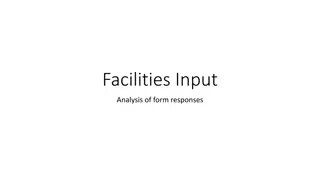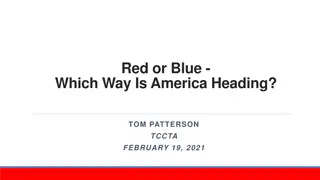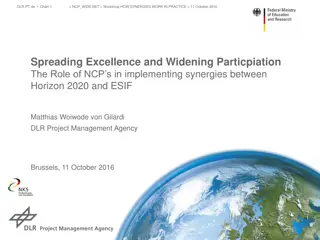
Social Change in Ireland During the 1960s
Explore the significant social changes in Ireland during the 1960s, including economic progress, educational reforms, cultural shifts, and the impact of key personalities. Learn about the expansion of education, the influence of mass media, and the transformation of Irish society through increased wealth, urbanization, and modernity.
Download Presentation

Please find below an Image/Link to download the presentation.
The content on the website is provided AS IS for your information and personal use only. It may not be sold, licensed, or shared on other websites without obtaining consent from the author. If you encounter any issues during the download, it is possible that the publisher has removed the file from their server.
You are allowed to download the files provided on this website for personal or commercial use, subject to the condition that they are used lawfully. All files are the property of their respective owners.
The content on the website is provided AS IS for your information and personal use only. It may not be sold, licensed, or shared on other websites without obtaining consent from the author.
E N D
Presentation Transcript
Ireland 1960s Widening Horizons
1. Economic progress 2. Greater wealth 3. Choices 4. Social life 5. Consumer goods 6. Mass media 7. Affluence 8. Urban 9. Modernity New Freedom
1. 2. 3. 4. 5. 6. 7. Reform in education under FF Dept of education planning role Building grants for schools Modernise curriculum *Free post-primary education 1967 Minister Donogh O Malley Huge expansion in numbers State more active role a challenge to churches eg. Community schools Regional Technical Colleges RTCs Third level grants 10. Critical society 8. 9. Education Radical changes
It had radical consequences for economic development, social mobility and cultural change. The announcement also caused consternation within government circles: there had been no sanction from the Department of Finance, nor were senior Cabinet ministers briefed in advance. But there was no going back. Once word was out, expectations were raised and the public response was hugely supportive. At the time, about a third or 17,000 children who finished primary school were dropping out of education; at 15 years of age fewer than 50 per cent were still in full-time education. By 16, only 36 per cent were still at school. Within a decade of the policy change, participation rates in second-level had doubled. The Free Post Primary Education Scheme
Pope John XX111 1958 1. Reform of roles 2. Role of lay people 3. Mass in vernacular 4. Ecumenism Effects: New criticism - people had voice Foreign languages instead of Latin Relations in Ireland between churches Accelerated general changes in Ireland Vatican 2 1962-65
Brendan O hEithir Gay Byrne Key Personalities
1. Youth culture 2. Music - Pop , Showbands 3. Fashion 4. TV 5. Student movements apartheid, Georgian Dublin 6. Health boards 7. Free travel OAP 8. Convenience 9. Suburbs 10. Cars 11. Travel ChangingLifestyles
In the late twentieth century, Irish society underwent rapid social change. After the introduction of free education in the late 1960s, many more people had access to second and third level qualifications. The relative economic success of the 1960s and 1970s also decreased emigration, meaning that Ireland became a younger and much more urban society than before. The spread of television and other mass media also exposed Irish citizens to a far wider range of influences than previously. All of these factors loosened the power of the traditional political parties and the Catholic Church over society. Summary

